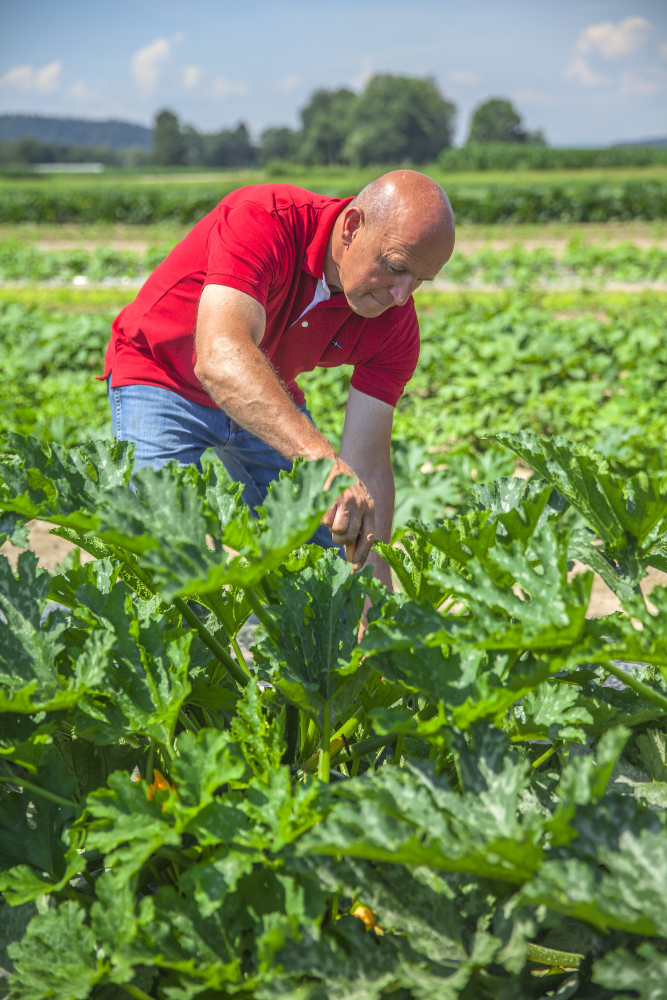A reflection on the Italian scenario written by our experts from the Istituto Superiore di Sanità (Italian National Institute of Health or ISS)
In its formal Action Plan focusing on mental health (Mental Health Action Plan 2013-2020), the Word Health Organization (WHO) has clearly indicated that, at the world level, health systems have not been able to respond effectively to the burden of mental disorders and that there is an important gap to be filled between the need for treatment and its delivery. One of the main objectives of the Action Plan is to promote community-based mental health and social support services, which need to emphasize the promotion of human rights, such as employment, housing, educational opportunities, and participation in community activities, for individuals with mental disorders and psychosocial disabilities, ultimately supporting them to achieve their aspirations and goals. One of the actions to be put in place to achieve this ambitious goal is to shift the place where care is provided from mental hospitals towards non-specialized health settings, using “a network of linked community-based mental health services”.
Recently, there has been a surge of interest in the potential for natural environments and nature-based interventions in contributing to the prevention and mitigation of mental disorders or states. City life is well known for its negative influence on mental health, challenging the capacity of vulnerable individuals to cope with complex psychosocial stressors, such as the disintegration of family networks and discrimination. Psychiatric disorders are indeed highly frequent in urban areas, and this evidence is of particular relevance considering that more than half of the world’s population currently live in an urban environment. By contrast, access to the natural environment and outdoor spaces has begun to be considered vitally important for mental health and is increasingly recognized as a protective factor that may promote resilience and adaptation to stress and negative events. Exposure to natural landscapes has indeed been found to have beneficial effects on stress, anxiety, and depression and to promote physical activity, with cascading effects on immune functioning and general physical health. Natural environments – including urban green spaces – also provide an opportunity for social engagement, contrasting isolation and loneliness and promoting social integration, all factors playing a beneficial role in the maintenance of physical and mental health (see also Nature and mental health: new initiatives in British Columbia).
Promoting mental health through social and employment opportunities
The term Social agriculture is based on the concepts of multifunctional agriculture and community-based social and health care. It describes any use of agricultural activities (such as horticulture, food processing, selling of products, animal care, and management of the farm-restaurant) to address specific social needs. Social agriculture initiatives provide rehabilitation, sheltered employment, and life-long education to vulnerable/disadvantaged target groups (e.g., people with physical or mental disabilities, long-term unemployed, homeless people, former inmates, youth at risk of alcohol and drug dependency, refugees and asylum seekers), to increase their social and/or professional skills, thus promoting employability and social inclusion.
We strongly believe that, by providing de-institutionalized care, Social agriculture initiatives may represent an innovative way to respond to the cultural shift from institutional psychiatry to community-based mental health care, in line with the recommendations of the WHO’s Mental Health Action Plan. At the same time, being mostly carried out in outdoor spaces and natural environments, Social agriculture activities can be viewed as an “open-air” laboratory to further explore evidence of an association between contact with nature and mental health. Several components of social agriculture may help to explain its potential to improve the mental (and physical) health of vulnerable members of the society benefiting from these initiatives.

These include the promotion of physical activity, exposure to the natural world, the opportunity to undertake tasks as part of daily and seasonal cycles, to be engaged in meaningful activities for the development of new personal and/ or work skills, as well as positive social relationships and interaction with animals. Moreover, the small scale of many social farms allows participants to work alongside the farmer and other members of the farm, thus representing a model of “socially embedded care” in which people are integrated into communities and avoid the stigma of care services.
Moreover, the promotion and strengthening of bottom-up approaches able to create social and economic networks of local communities have both been pointed out as essential elements capable to contrast vulnerability and fighting poverty in rural areas. Rural exodus and youth drain, geographical isolation, low educational attainments, scarcity of public resources, and workforce shortages, all represent considerable challenges to deliver appropriate health and social services for rural residents and to foster entrepreneurship in traditional rural domains. Social agriculture may help in diversifying the rural economy with new job creation and income generation opportunities, ultimately increasing economic sustainability. EU policies in the context of the rural development programs (RDP) have indeed recognized the importance of multifunctional agriculture, also offering different options for funding these initiatives.
Social agriculture is (and should be) based on the creation of hybrid governance models in which public bodies, local communities, and economic actors work together to co-produce social services. An increasing body of evidence is showing the potential for Social agriculture to provide innovative solutions to buffer the financial (and organizational) challenges faced by the national health systems, at the same time helping to foster the farming sector and strengthening the economic and social viability of rural areas.

Social Agriculture in Italy
In Italy, Social agriculture has strong links with social enterprises and has been traditionally associated with social cooperatives. In 2015, the first Italian National law on Social agriculture was approved by the Italian parliament (Law n. 141, 8 August 2015), providing a framework to support cooperation among health services, farmers, social cooperatives, and voluntary associations, to promote shared planning for the provision of services such as rehabilitation, education, training, employment, therapy, and social inclusion. Some Italian regions have developed a regional framework to support Social agriculture through local legislation and to promote welfare measures, including the personal budget, a form of contribution that can be directed to different activities, such as rehabilitation and sheltered employment.
In this context, the Center for Behavioral Sciences and Mental Health of the Istituto Superiore di Sanità (ISS) is tracking best practices to study and foster bottom-up Social agriculture initiatives – rooted in local contexts – with the ultimate goal of promoting a process of policy change, at the regional and the national level. Of particular interest are case studies (such as those based on the Friuli-Venezia Giulia Region) in which the health sector has approached locally active social cooperatives or private farmers to provide activities for their service users, at the same time facilitating collaborations of the private sector with health, education and other public institutions. These programs have been overseen for quality and effectiveness by ISS, together with local health authorities.
Social agriculture initiatives emphasize the importance of taking a person-centered approach in service provision for people with disabilities, with a strong emphasis on supporting their life-long planning and community participation. Opportunities to engage in meaningful activities and occupational status are important determinants of mental health and represent essential actions towards the integration of vulnerable populations into society and the labor market. The final aim is to innovate the mental health sector by adding community-based services to the existing range of supports and by facilitating service users to exercise choice and control over their health and their life planning.
Authors:
Marta Borgi – Francesca Cirulli – Barbara Collacchi – Nadia Francia
Center for Behavioral Sciences and Mental Health
Istituto Superiore di Sanità
